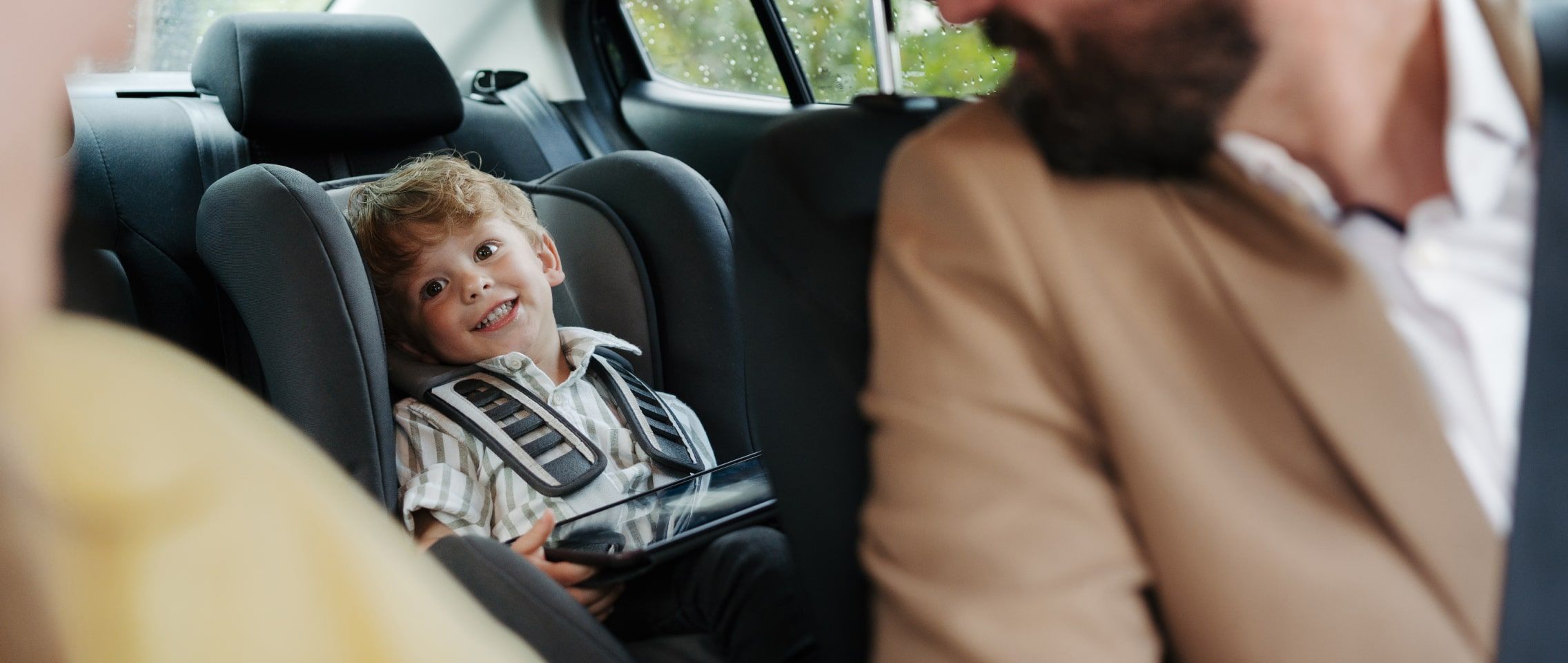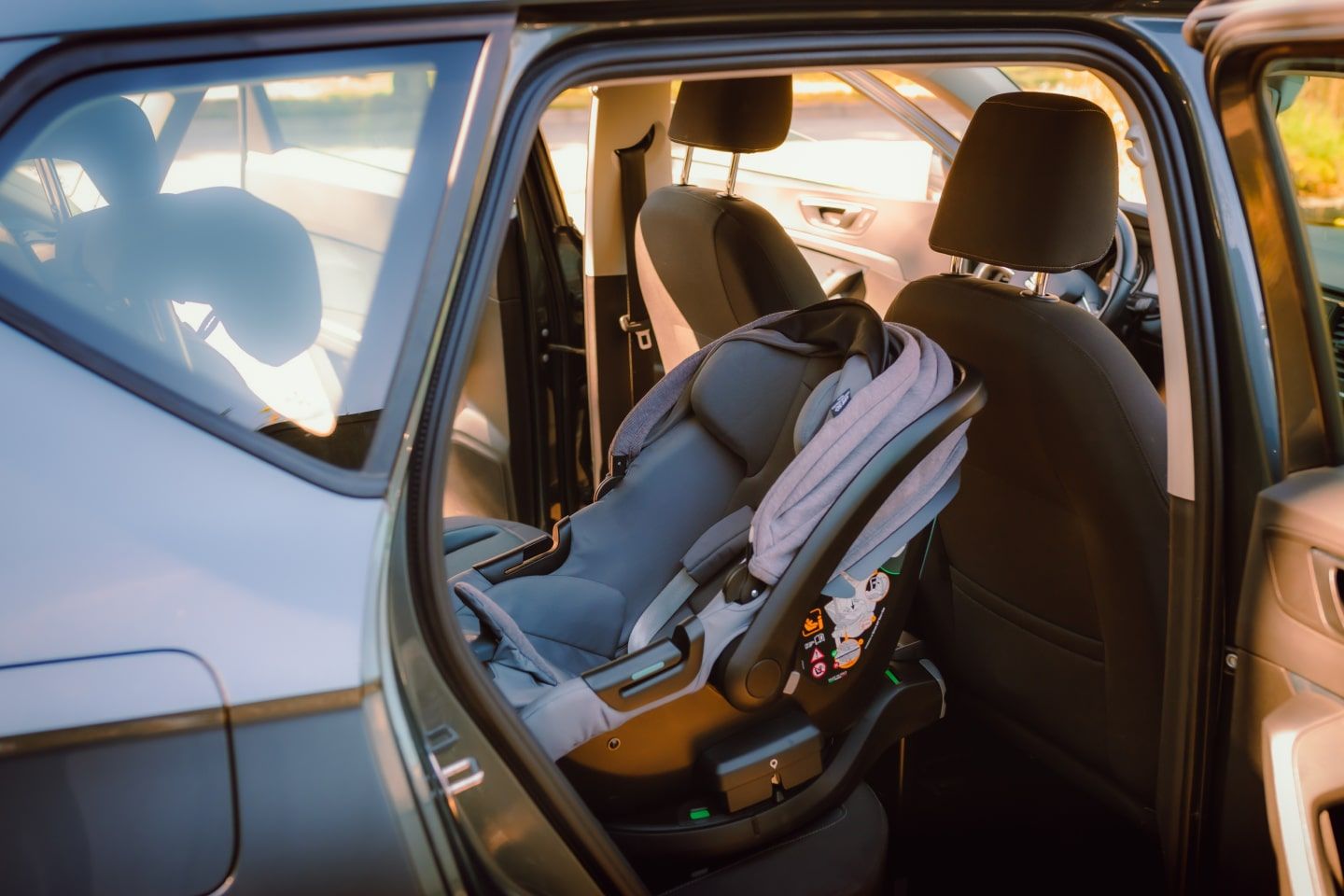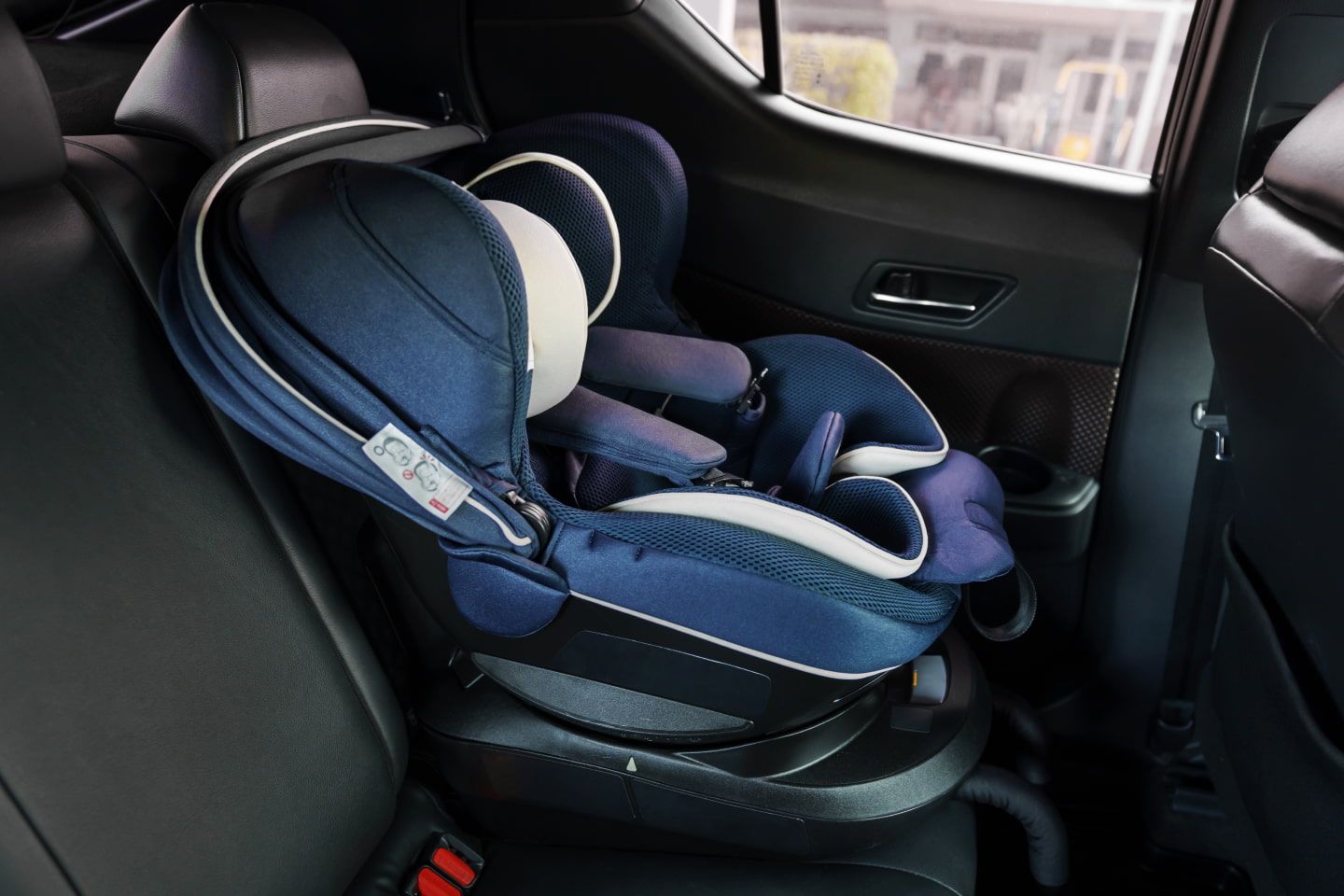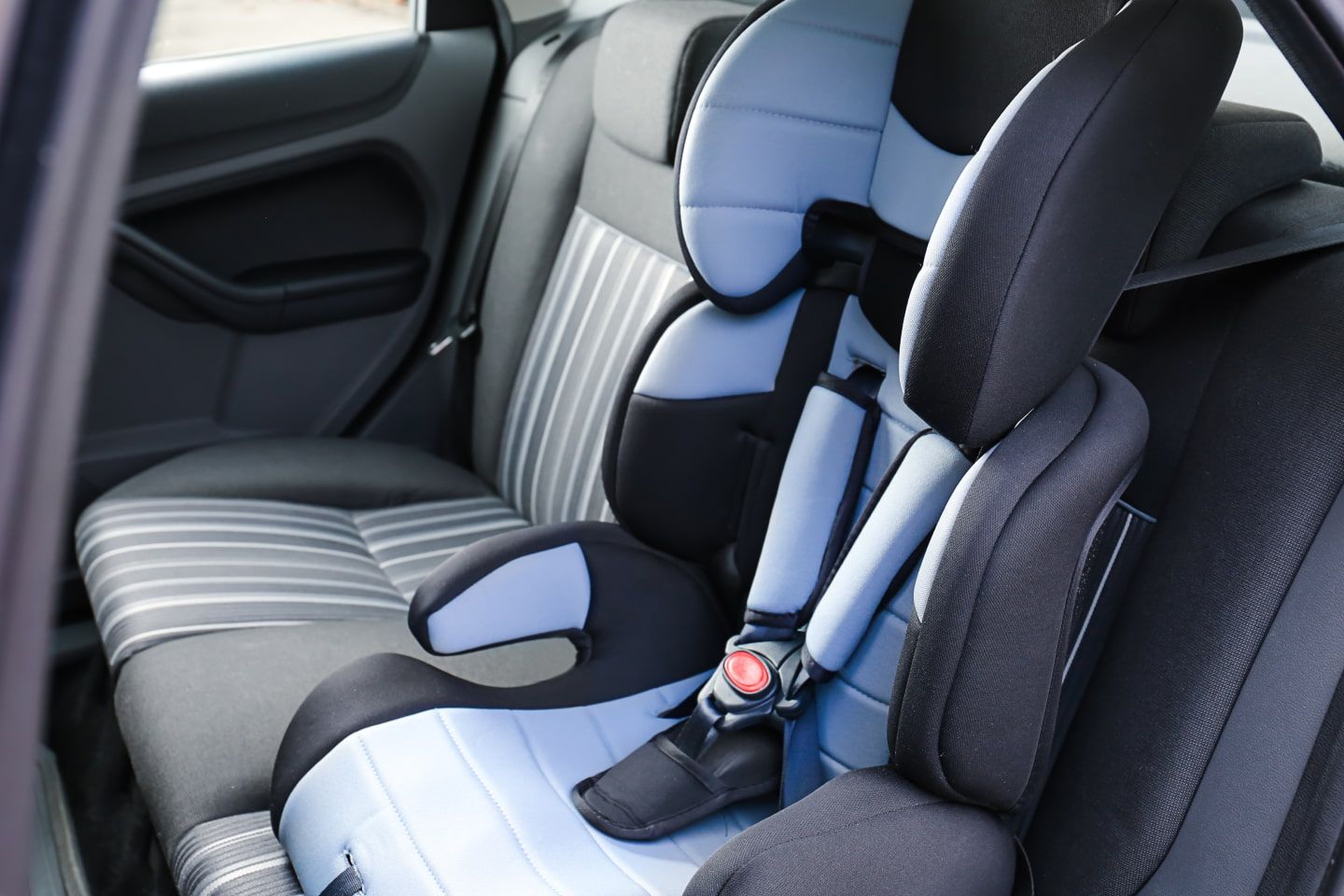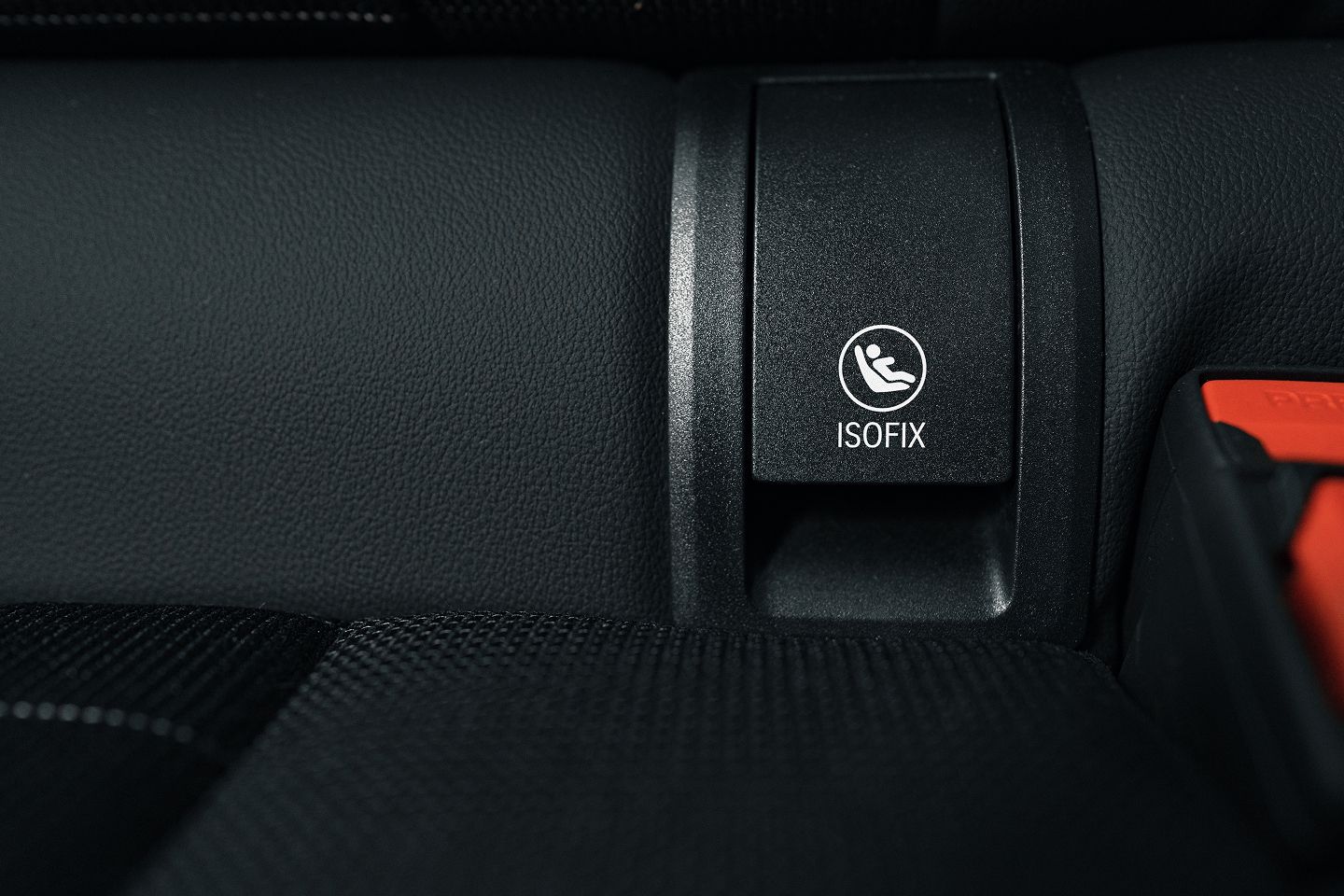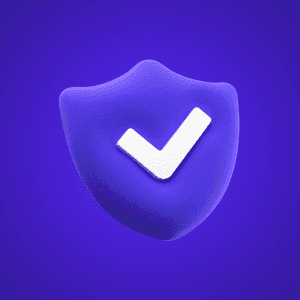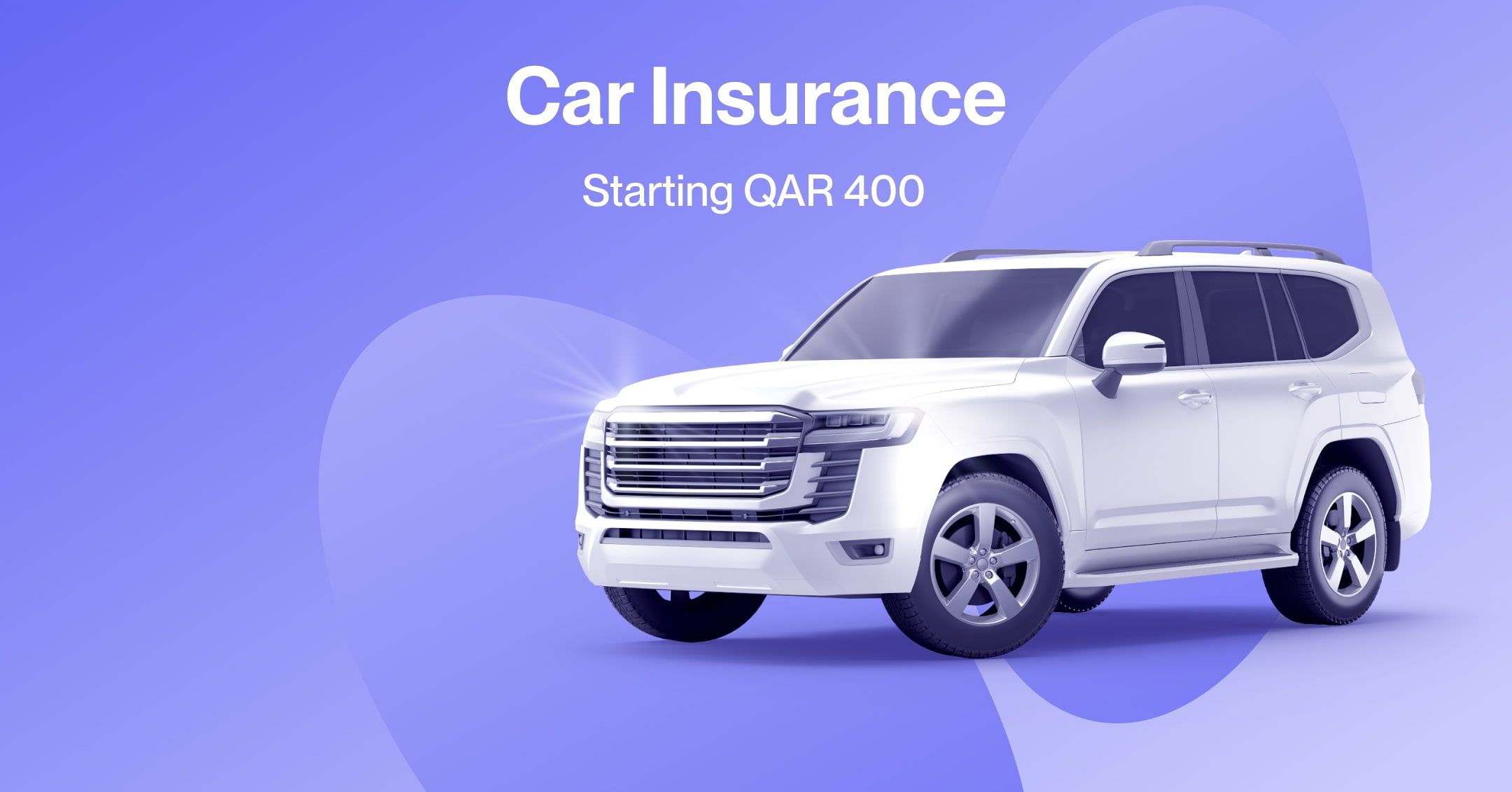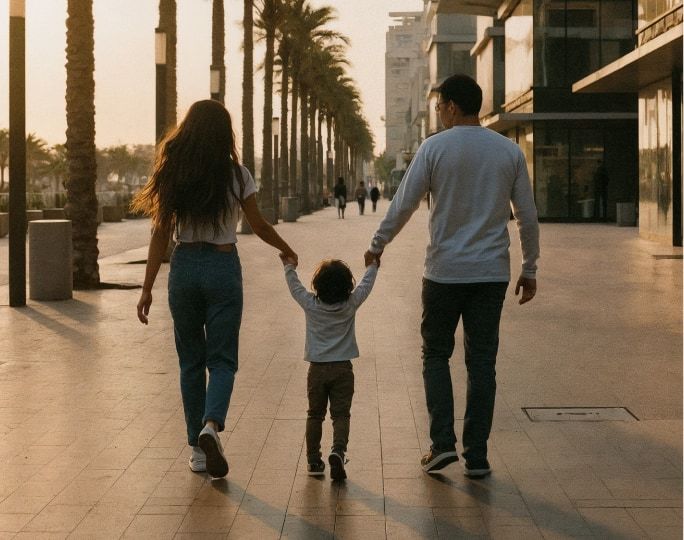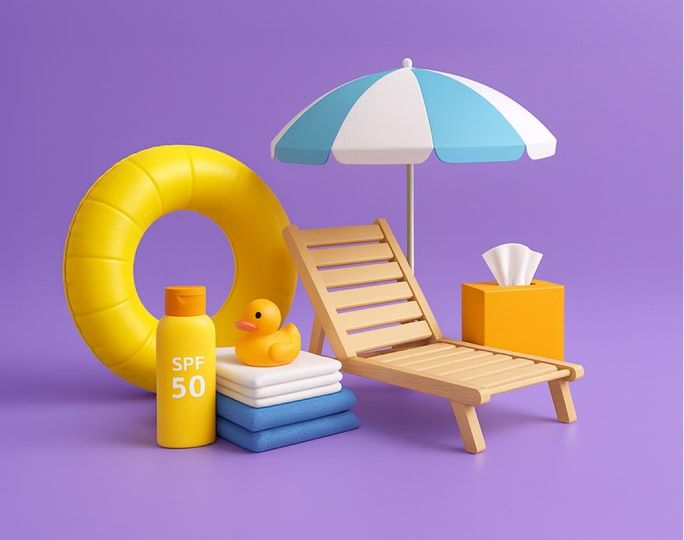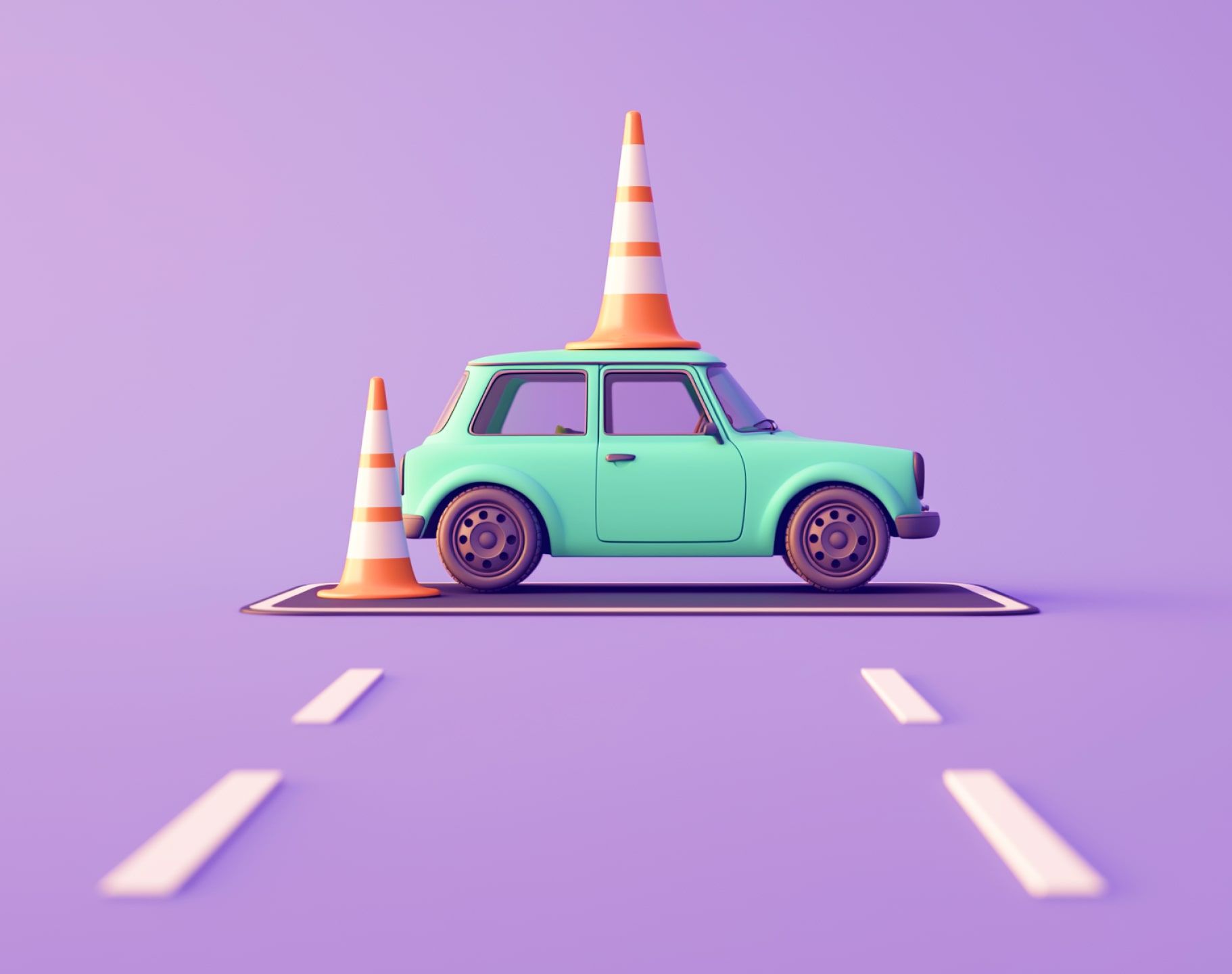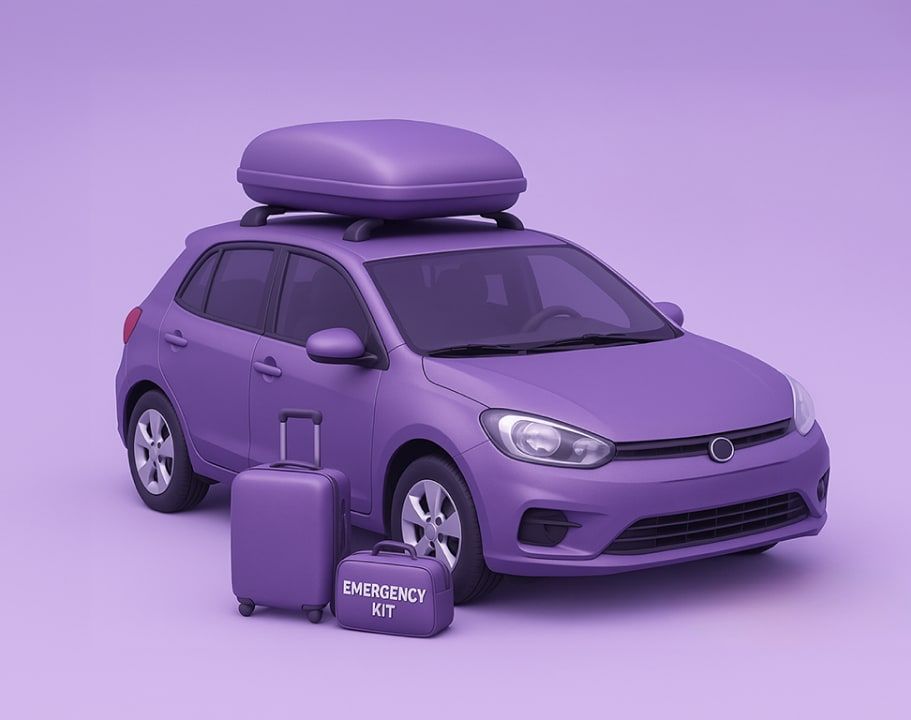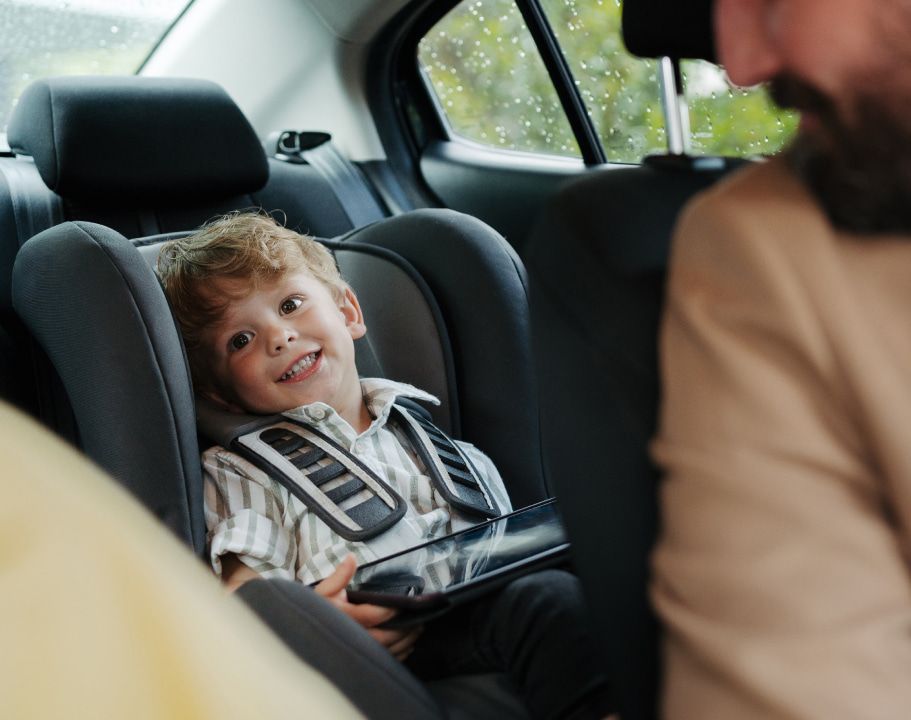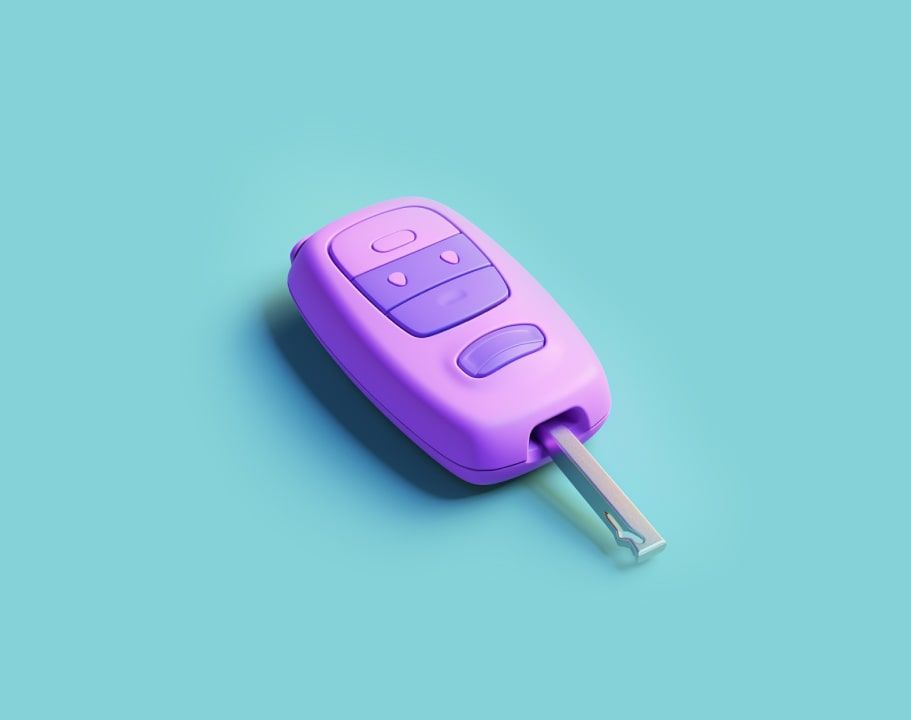In Qatar, there isn’t much debate about where kids are allowed to sit. The law is clear enough — children under 10 are not permitted in the front passenger seat while the car is moving. Whether you’re on a beach road trip or running school errands, you should always have your child in the backseat. Airbags are built to save adults. For children, they can be dangerous. But here’s the nuance — the law doesn’t actually require a child to be in a car seat. It doesn’t list seat types or age brackets either. However, international standards and local safety campaigns highly recommend that children always use the right seat for their size.
Choosing the right car seat
The seat that keeps a newborn safe won’t do much for a six-year-old. It is weight and height that really decide whether a seat is still safe. Every child grows differently. One might outgrow a seat almost overnight, while another keeps using it comfortably for years.
Rear-facing seats gives the best support for a child’s neck and spine, especially important for infants. Move to a forward-facing seat only when your child meets both the height and weight limits. As they grow, a high-back booster helps guide the seatbelt across the chest and lap, with side wings for added protection. Stick with a booster until the seatbelt fits properly on its own — the shoulder strap should sit on the shoulder and the lap belt should lie low across the hips.
Below is a quick guide to help you match your child’s age, weight, and height with the right seat type:
|
Age |
Weight |
Height |
Seat type |
|
Infants |
Group 0+ |
Up to |
Rear-facing infant seat |
|
Toddlers |
Group I |
61–105 cm |
Forward-facing seat with a 5-point harness, or extended rear-facing |
|
Young children (4–7 years) |
Group II |
From 100 cm up to at least 135 cm |
High-back booster |
|
Older children (7–12 years) |
Group III |
Up to 135–150 cm |
Booster cushion or high-back booster |
What to look for
Walking into a baby store for the first time can leave parents in Qatar completely overwhelmed. But it can be easy if you focus on the essentials.
-
Start with safety and look for ISOFIX connectors: They click the seat straight into the car’s frame and cut down the chance of installation mistakes. Add side-impact protection and a five-point harness, and you’re covering the basics that no parent should compromise on. If those aren’t there, look for another option
-
Think about comfort: The heat in Qatar makes fabric choice more than a preference. Seats made with heavy synthetics get hot fast, and children end up restless and sweaty. Cotton or mesh fabrics stay cooler and make rides more comfortable. A quick touch test in the shop helps. If the fabric feels heavy or plasticky, it won’t get better after an hour in the sun. Some parents even carry a small cloth to put over the buckles, because metal clips can sting tiny fingers after sitting in the heat
-
Think about extras too: A car seat cover is handy for crumbs, spills, and the sand that sneaks into every corner of the car. A detachable sunshade helps keep the seat cooler during school runs, while simple reflective covers easily prevent buckles from overheating. These are not big investments, but they make daily life easier
-
Finally, make sure you’ll actually use it: The safest seat in the world is useless if strapping your child in feels like a fight. Try the harness. Adjust the straps. See if you can fit it smoothly into your car. The best seat isn’t necessarily the fanciest or the most expensive. It’s the one that works for your child, your car, and your patience
Car seat prices in Qatar
Price is often the next question after safety. In Qatar, car seats come in a wide range of models, from basic ones that offer the essentials to pricier ones that come with extra features. Here’s a breakdown of the average car seat prices you’ll find in Qatar, depending on seat type and age.
Newborn to 12–15 months
Up to 13 kg
At this stage, a rear-facing infant seat is essential. It provides the best support for the neck and spine, especially during sudden stops.
Budget option: First Step Baby Car Seat HB602 — QAR 279
Premium option: Chicco BI-Seat IS AIR — QAR 2,950
Newborn to 4 years
Up to 18 kg or 105 cm
For this age group, a convertible seat that starts rear-facing and can later switch to forward-facing is a smart investment.
Budget option: Kinderkraft JUNIOR FIX 2 — QAR 475
Premium option: Nuna Revv Rotating — QAR 2,980
4–7 years
5–25 kg, 100–135 cm
At this stage, a high-back booster seat is ideal — it helps position the seatbelt correctly across the chest and lap.
Budget option: Jovikids Tammy Highback Booster — QAR 349
Premium option: Chicco Booster Car Seat — QAR 1,325
7–12 years
22–36 kg, up to 150 cm
For this age group, a backless booster cushion helps ensure the seatbelt fits properly — with the shoulder strap on the shoulder and the lap belt low across the hips.
Budget option: Jovikids Ohho I-Size Booster — QAR 339
Premium option: Chicco GoFit — QAR 435
Where to buy car seats
Finding a car seat in Qatar is easy. You’re more likely to get stuck choosing between the shops than the seats themselves. At Mamas & Papas or Mothercare, you’ll find the big international names lined up with every stage covered, from infant carriers to sturdy boosters. Parents who want something reliable without overspending often head to Babyshop, while Lulu Hypermarket draws families looking for mid-range models and a timely promotion. And some skip the stores entirely, ordering from Amazon for variety and doorstep delivery.
Newborn seats can be found for about QAR 300, while the high-end ones sometimes can go up to QAR 2000. Parents in Qatar often end up talking about the same brands — Chicco, Maxi-Cosi, Joie, and Graco. They are trusted, widely stocked, and often recommended as the best baby car seat Qatar shops carry.
But not everyone buys new. In some Facebook groups (Qatar Moms, Qatar Buy And Sell, Qatar baby stroller car seat, Doha Mommies ) or Facebook marketplace, you can find great second-hand seats. A lot of parents don’t keep the seat once their kid has outgrown it and prefer to resell it to buy a bigger one. While the seat itself is essential, it isn’t the only safeguard. A car insurance adds another layer of protection when the unexpected happens.
FAQ
Do car seats expire? How do I check the date?
How do I know if a car seat fits my vehicle?
Is rear-facing safer beyond 2 years?
